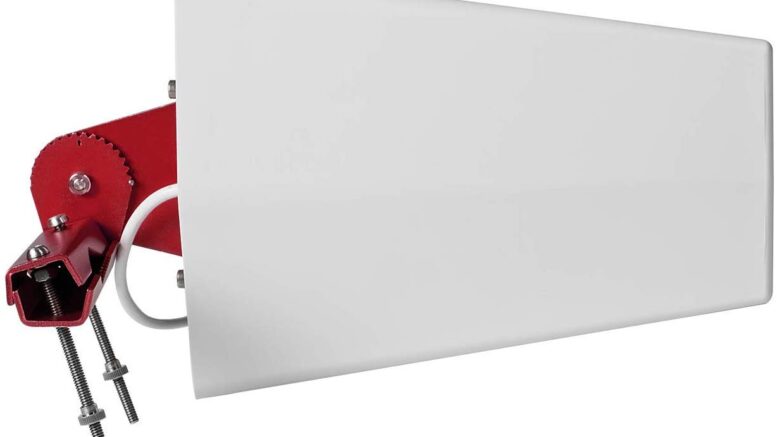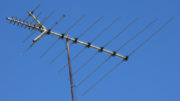Take a look at the antenna above you. It mounts on any vertical surface on your roof, at least that’s its intended use. It’s this one in fact. It’s one of thousands of outdoor cellular antennas we offer at Solid Signal. In fact, when you look at all the cellular antennas, TV antennas, satellite dishes (those are also antennas) and other forms of antennas, you’d have to figure that we are the world’s largest antenna retailer. So you’d also figure we have the inside scoop on what you can, and can’t do with an antenna.
An antenna is an antenna
A person I recently met is fond of saying, “An antenna is an antenna.” He’s right. You don’t have to use a specific antenna as it’s intended if you don’t want to. You can use indoor antennas outside. If you want, you can use outdoor antennas inside. You can use a cell antenna for TV, or if you want you can use a TV antenna for cellular. There’s nothing incredibly magical about one type of antenna that makes it unusable for other types of signal.
Except… when there is.
While you could use any antenna for any purpose, that antenna might not work as intended. Here are some examples.
Using indoor antennas outdoors
Indoor antennas aren’t weatherproof. Whether it’s rain or extreme sunlight, an indoor antenna just isn’t designed for it. It will work in the short term and it will probably work even better than it does indoors. In the long term it will fail faster.
Using outdoor antennas indoors
This actually works pretty well, as outdoor antennas tend to do a better job pulling in signals than indoor ones. Of course, you will have to contend with having a fairly large antenna inside your house, which most people won’t want to do.
Using one kind of “terrestrial antenna” for another purpose
If you want to use a TV antenna for cellular or a cellular antenna for TV, you’ll find some success as long as the connectors are the same. Some cellular signal boosters use the same F connector that TV antennas use. If you swap one for the other you’ll find that they work, although they still won’t work as well as the antennas that you’re supposed to use.
Using a TV antenna for satellite, or a satellite dish for over-the-air TV
Sadly, this really doesn’t work. Satellite signals are up around the 30,000MHz frequency range while TV signals are at the 400MHz range. That’s a pretty big spread and the optimizations you need for one kind of antenna make it pretty useless for another type of broadcasting.
Choose wisely
It may seem like a good use of an old antenna to try to put it somewhere it wasn’t designed for. Unfortunately, you’ll almost always be disappointed by its performance. It’s always better to use the right sort of antenna, whether it’s indoor, outdoor, satellite, cellular, over-the-air TV, or something else. You’ll always get the best results and the best reception, and at the end of the day, isn’t that what you’re really looking to do?
Shop Solid Signal for the best in antennas of all types! If you have a question, call the experts at 888-233-7563. We’ll help you with antennas and anything else you need. We’re here for you during East Coast business hours. If it’s after hours, fill out the form below and we’ll get right back to you!





